Q: How do you know where to plant your plants?
A: Taking the time to choose the proper location for your garden is an important but often overlooked first step. The location of your garden can make or break your growing season. The getting started section in our free iOS, Android, or Universal Web app will walk you through all steps of how to get started with your own garden! Find the getting started section under the “Articles” tab.
Below is a list of tips on how to find the right spot for your garden and what to do about shade and existing grass in your yard:
Burmuda Grass

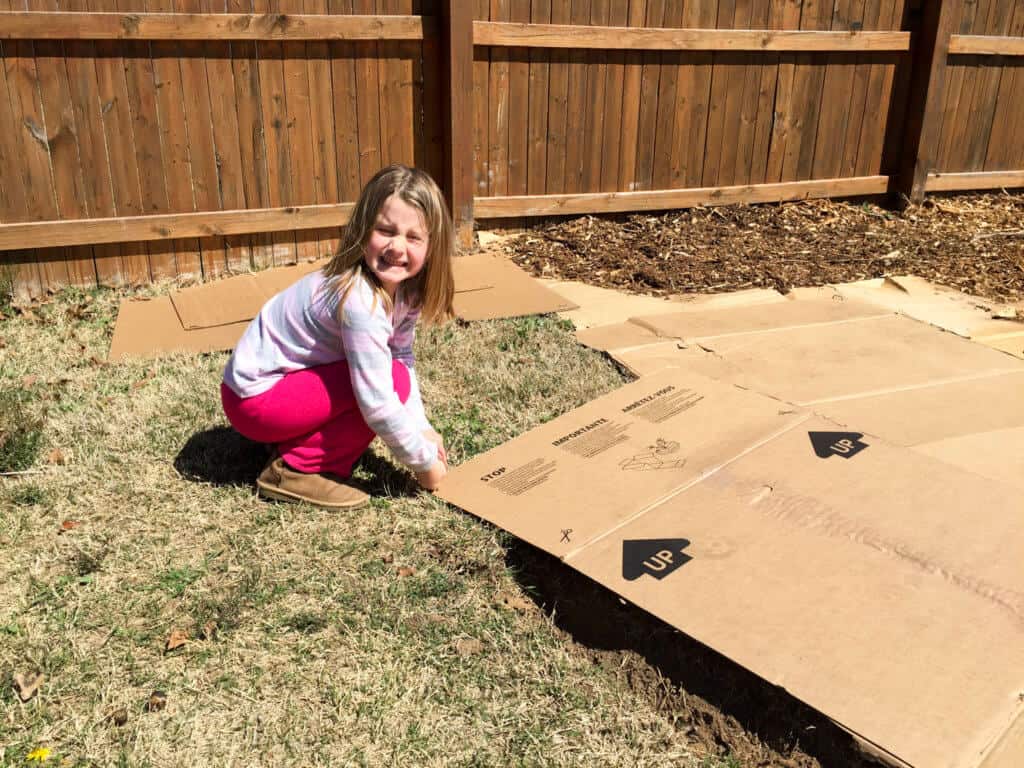
- Where we live, most yards have Bermuda grass, which can be a nightmare to deal with in the garden! It spreads vigorously and can grow right through the black landscaping fabric that’s commonly used to keep weeds out. We’ve found that cardboard topped off with a thick layer of wood chips is a much better solution to keeping Bermuda grass out of our garden. Our first beds were surrounded by Bermuda grass, and we were constantly fighting it off. Once we surrounded the area with cardboard and laid a foot of mulch on top of it, the grass was no longer a problem. We recommend having at least a 2-foot border of wood chips around each bed in order to keep the Bermuda out. Here’s a video showing how we get all our wood chips for free or you can sign up for a free delivery service!
Sunlight
- Find a spot where you think you want to build a garden, and start paying attention to how much sun and shade it receives throughout the day. Pay attention to things like fences, bushes, and trees that might impact how much shade an area receives. Additionally, shadows change throughout the year as the sun changes its arc on the horizon, so you’ll need to think about what the year-round conditions will be like, as well. We built beds that received full sun in the summer, but because they were too close to the fence on the south sides, they were shaded in the fall and spring. Learn from our first-year mistakes and plan things out before you build!

- You can purchase sunlight calculators on Amazon. Sunlight calculators work by measuring how many hours of sunlight an area receives throughout the day. Just leave them in the spot you want to start your garden, and they do all the hard work for you.
- Pay close attention to where trees and large shrubs grow. Not only do you want to note the shade they produce, but you also want to make sure that you don’t put your garden too close to any of them as their large roots could interfere with the roots of the plants in your garden. If this is unavoidable, you can still plant your garden next to them as long as they can get plenty of sun. You’ll have to build a plywood bottom on your bed or use Smart Pots to help keep the outside roots from growing in. Be sure to drill holes in the plywood bottom for drainage.
Convenience
- Convenience is something that you may want to consider when planning your garden. Make sure your garden is somewhere that is easily accessible to you and maybe even within your line of view to help you remember to work out there and harvest your food. We have our large garden area sectioned off behind a fence, but we have a smorgasbord of Smart Pots around our patio filled with things we commonly cook with like kitchen herbs, some tomatoes, peppers, garlic, and many other foods to make it more convenient when we’re in a hurry!
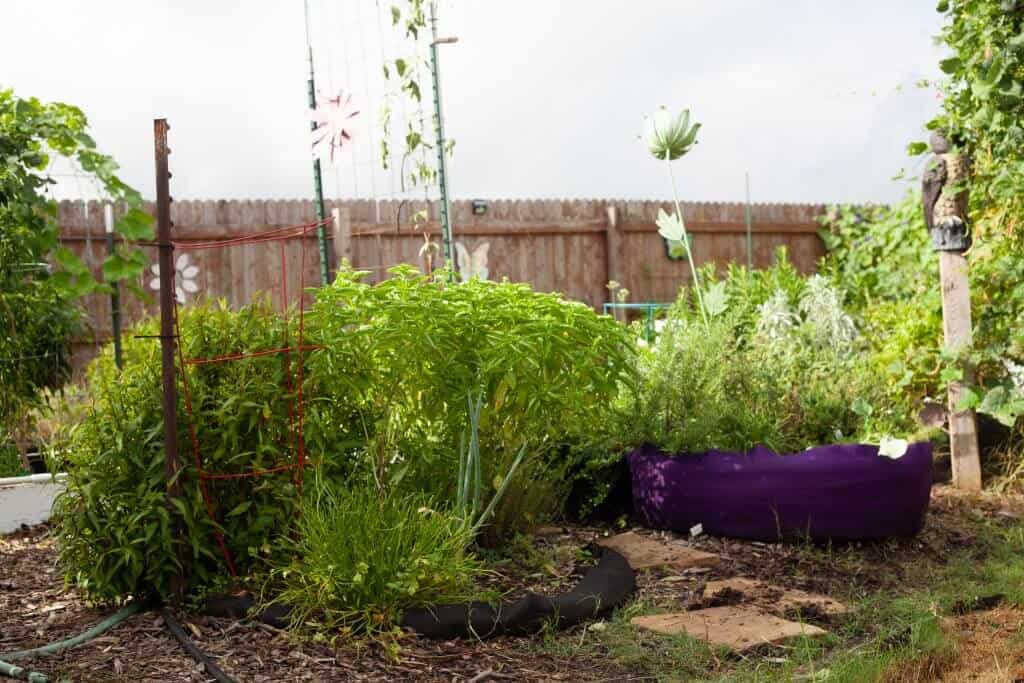
Protection

- Plants can be heavily affected by wind, especially especially in the flat planes of the Midwest. Putting your garden in an area that receives protection from wind can really boost your production! You can also build wind-break walls using shade cloth attached to T-Posts or by trellising plants on the west sides of your bed. You’ll also need to avoid locations that are prone to flooding because even though plants love water, too much can cause just as many problems as not enough!
Learn more about growing over 100 different foods, including how to manage various pests in our FREE iOS, Android, or Universal Web App!

Carrie Spoonemore, co-founder of “From Seed to Spoon,” stands as a beacon of inspiration for gardeners and health enthusiasts alike. Her journey alongside her husband, Dale Spoonemore, in creating a platform that demystifies gardening and promotes a healthier lifestyle, has made a significant impact on individuals around the globe. Through the “From Seed to Spoon” app, Carrie has dedicated herself to empowering people to take control of their health and environment by growing their own food.
With a profound belief in the power of gardening to improve mental and physical health, Carrie’s contributions to the Seed to Spoon blog reflect her holistic approach to wellness. Her articles often focus on the nutritional benefits of homegrown fruits and vegetables, organic gardening practices, and the mental health benefits of spending time in nature. Carrie’s expertise in health science shines through in her detailed discussions on how specific plants can contribute to a balanced diet and overall well-being.
Carrie’s passion for gardening is deeply intertwined with her commitment to family and community wellness. She frequently shares personal stories of how gardening has brought her family closer together, offering practical tips for involving children in gardening activities and making it a fun, educational experience. Her writing encourages families to explore gardening as a means of spending quality time together while learning about nature and sustainability.
In addition to gardening advice, Carrie’s contributions to the blog include insights into the use of technology to enhance the gardening experience. She has played a crucial role in designing the “From Seed to Spoon” app to be user-friendly, ensuring that users of all ages and backgrounds can navigate the complexities of gardening with ease. Her vision for the app is not just as a gardening tool but as a vehicle for change, inspiring individuals to adopt a more sustainable lifestyle by growing their own food.
Carrie Spoonemore’s presence on the blog is marked by her compassionate approach to teaching and her unwavering belief in the transformative power of gardening. Her work continues to inspire a community of gardeners to pursue a healthier, more sustainable way of living, proving that with the right tools and knowledge, anyone can become a gardener and advocate for their health and the planet.

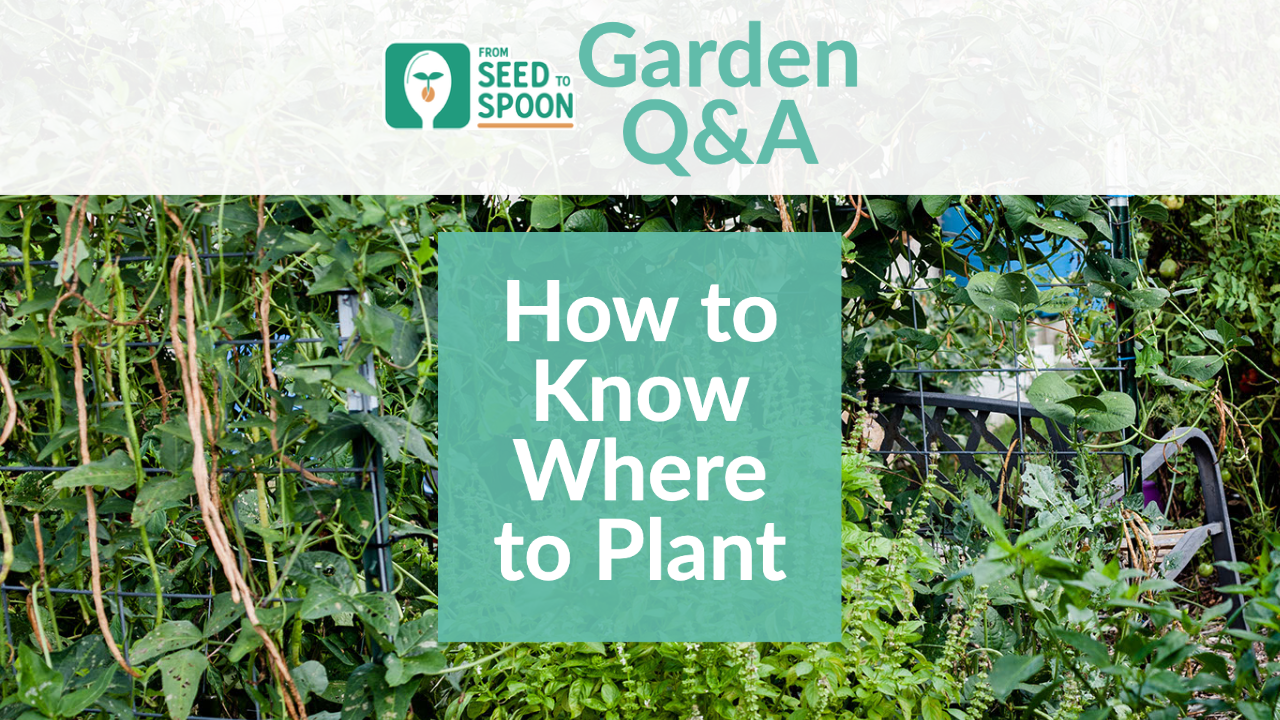
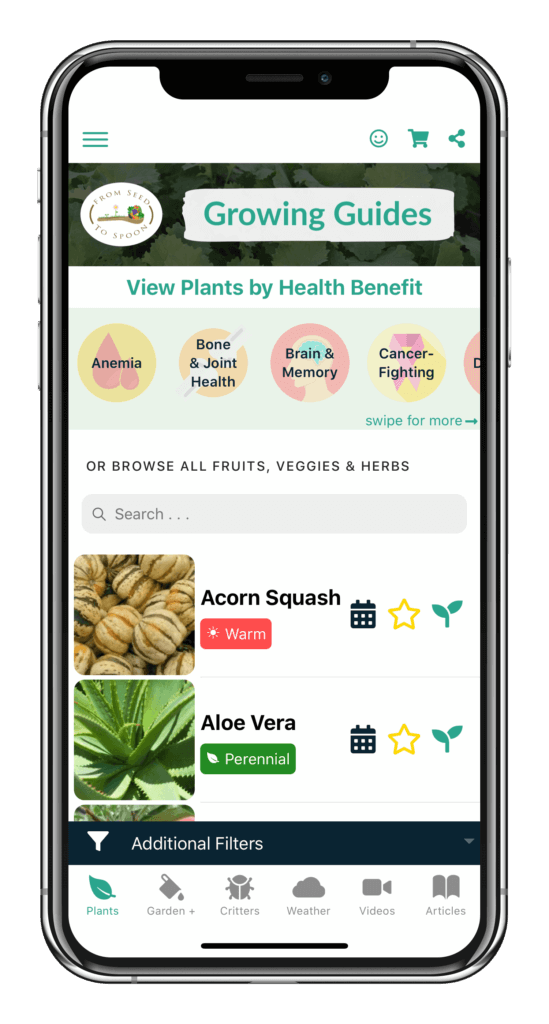

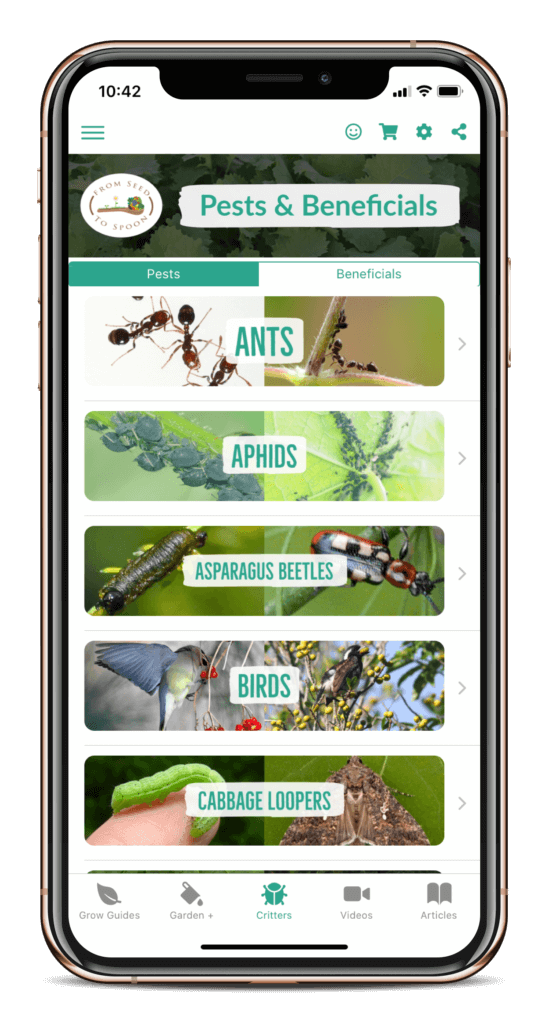




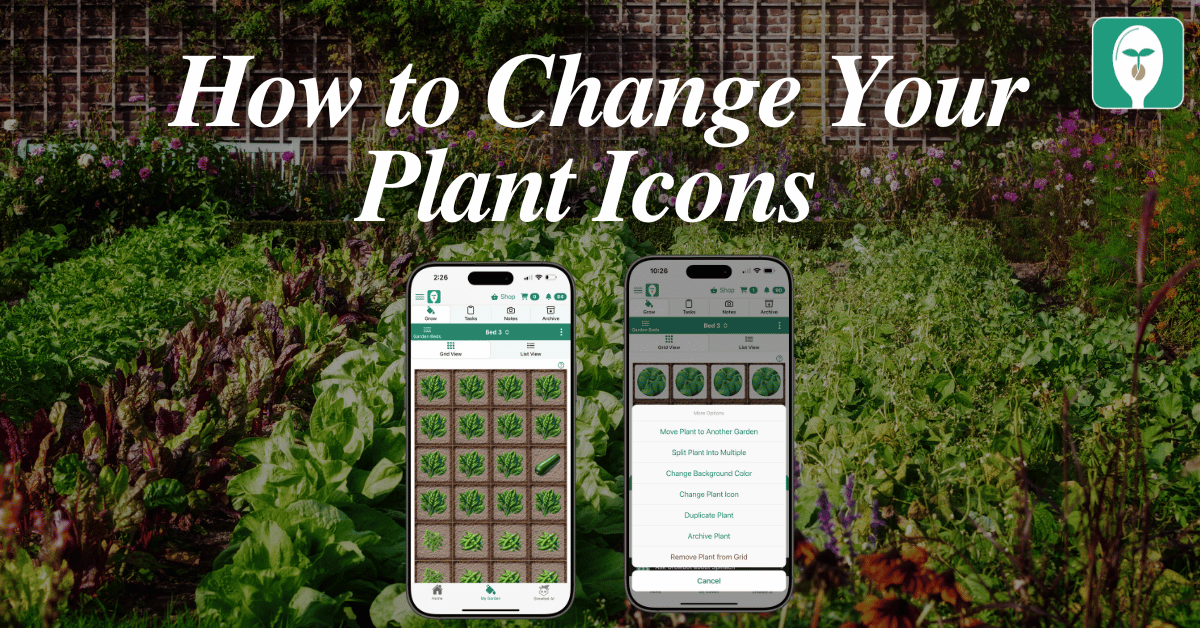


2 thoughts on “Q&A: How to Know Where to Plant”
How do I fix the stem of my mushroom I need to know how to reattach it. Could you please help.